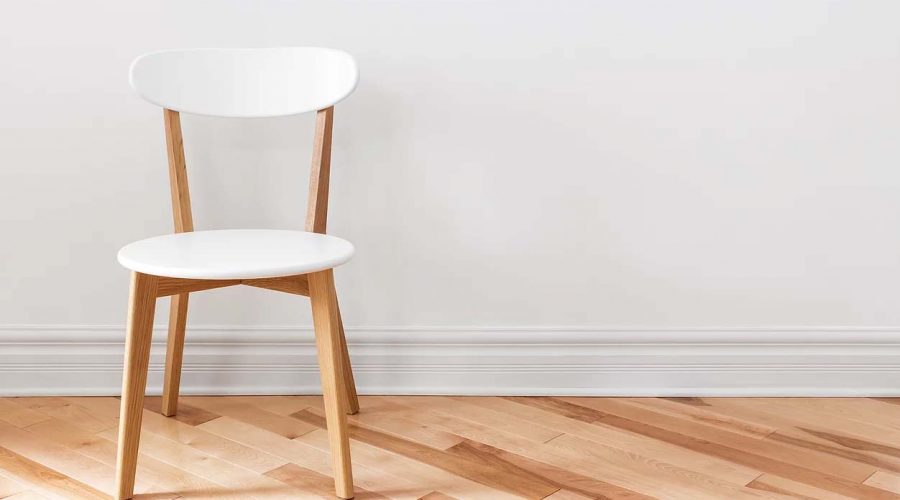If there was one thing that 2018 told us about the number of women on boards, it’s that progress on leadership was disappointing.
As predicted in the December quarter Financy Women’s Index, the important 2018 end-of-year target set by the Australian Institute of Company Directors (AICD) for 30 per cent female representation on ASX 200 boards was not reached.
Instead women accounted for 29.7 per cent of all ASX200 board positions as at 31 December 2018, thanks to a slowing in the pace of women on boards in the second half of last year.
At the end of 2018, there were four companies on ASX200 board with no women on their boards.
- AMP Limited
- ARB Corporation Limited
- Emeco Holdings Limited
- TPG Telecom Limited
It was a disappointing end to 2018 given that there has been such drive and focus on increasing the number of women on top company boards.
Undoubtedly the result was affected by a level of instability in 2018 thanks to the Royal Banking Commission, as well as political and economic uncertainty affecting business confidence.
What’s needed is a continued push support and focus on the AICD target, together with education around the benefits of gender diversity on boards and in leadership teams, including the improved outcomes for stakeholders and for shareholders, as well as the valued added to innovation, questioning and profitability.
Actions that also could be taken also include potential sponsorship for women directors, improved and transparent board recruitment processes, which could greatly assist in growing the number of women occupying board positions.
Connie McKeage CEO of OneVue said one action that employers can take to create genuine gender diversity and inclusion into work environments, particularly in senior leadership and board positions, is to ensure that every executive search firm they deal with puts forward an equal number of men and women (50/50) for any role needing to be filled. This process allows diversity to happen naturally because talent is found equally in men and women.
That said, we need to focus on the positives for 2018.
It’s important to also remember that we have seen over a 10 percentage points increase in the number of women on ASX 200 boards since 2015, when the AICD first called for ASX200 companies to achieve 30 per cent women on boards by the end of 2018.
By May 2018 the ASX20, 50 and 100 had reached the 30 per cent target for women on boards.
AICD Managing Director and Chief Executive Officer, Angus Amour said that Australia is the first country in the world to achieve 30 per cent gender diversity in top 100 boardrooms without regulatory intervention or quotas.
“There is no doubt that corporate Australia has heard the message about the value of gender diversity in boardrooms,” he said.
“Diverse boards help prevent group-think, leading to better outcomes for shareholders, consumers, employees and the community. They promote greater innovation and improved bottom lines.
“In 2018, 45 per cent of all appointments to ASX200 boards were women, which demonstrates that voluntary targets can be effective. Even more satisfying is that for almost half of these women it was their first ASX200 appointment, which is proof that boards are looking beyond the existing talent pool.
“Of course 30 per cent remains the floor and not the ceiling for gender diversity. We intend to continue advocating for gender parity on Australian boards.”
At the start of the target period, the number of ASX200 boards with 30 per cent female representation was 40. This figure has more than doubled to 96, and those with no women has decreased from 26 to only four.













